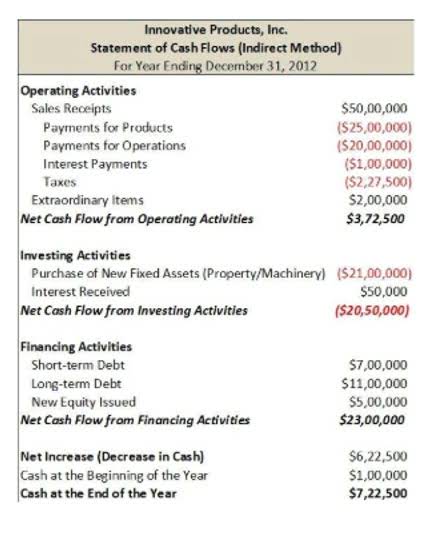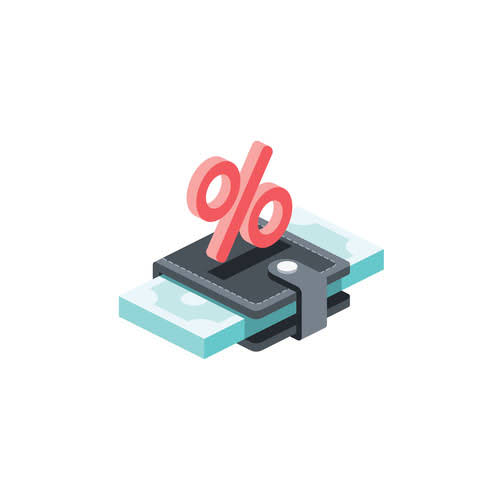Current Ratio Formula + Calculator

These include cash and short-term securities that your business can quickly sell and convert into cash, like treasury bills, short-term government bonds, and money market funds. The current ratio is most useful when measured over time, compared against a competitor, or compared against a benchmark. In actual practice, the current ratio tends to vary by the type and nature of the business. Everything is relative in the financial world, and there are no absolute norms. This is because it could mean that the company maintains an excessive cash balance or has over-invested in receivables and inventories. The current ratio is a rough indicator of the degree of safety with which short-term credit may be extended to the business.

Enhancing asset management in the company can help increase the current ratio of the company. For instance,with a sweep account, the cash on hand of the company can earn interest while remaining available for operating expenses. These accounts sweep excess cash into an interest-bearing account and then return this excess cash to the operating account when it’s time to pay bills. A low current ratio may indicate the company is not able to cover its current liabilities without having to sell its investments or delay payment on its own debts. For example, if a company’s current assets are $80,000 and its current liabilities are $64,000, its current ratio is 125%. If the current ratio of a business is 1 or more, it means it has more current assets than current liabilities (i.e., positive working capital).
How Is the Current Ratio Calculated?
Understanding the impact of asset quality and the aging of accounts receivable is important in interpreting the current ratio accurately. It is essential to take into account contextual factors that may influence the ratio’s calculation. Apple Inc.’s fluctuating current ratio, which reflects its short-term financial stability, leads to a deeper examination of key takeaways and challenges in evaluating its liquidity position. Trending analysis of Apple’s current ratio over time can reveal patterns that indicate the company’s liquidity management.

For example, suppose a company’s current assets consist of $50,000 in cash plus $100,000 in accounts receivable. Its current liabilities, meanwhile, consist of $100,000 in accounts payable. In this scenario, the company would have a current ratio of 1.5, calculated by dividing its current assets ($150,000) by its current liabilities ($100,000). Therefore, the current ratio measures a company’s short-term liquidity with respect to its available assets.
The need for contextual analysis
Prepaid assets are unlikely to be refunded to the company in order for it to meet current debt obligations. It is listed as a current asset because it is something you have paid for that provides a benefit to the company over the upcoming year, but it is unlikely to result in cash that can be used toward a debt obligation. Once you’ve prepaid something– like a one-year insurance premium– that money is spent. However, special circumstances can affect the meaningfulness of the current ratio. For example, a financially healthy company could have an expensive one-time project that requires outlays of cash, say for emergency building improvements. Because buildings aren’t considered current assets, and the project ate through cash reserves, the current ratio could fall below 1.00 until more cash is earned.
- Company B has more cash, which is the most liquid asset, and more accounts receivable, which could be collected more quickly than liquidating inventory.
- Let’s look at some examples of companies with high and low current ratios.
- 11 Financial is a registered investment adviser located in Lufkin, Texas.
- The current portion of long-term liabilities are also carved out and presented with the rest of current liabilities.
- Therefore, the current ratio measures a company’s short-term liquidity with respect to its available assets.
- Dividing the current assets by the current liabilities will allow one to determine a company’s current ratio.
It all depends on what you’re trying to achieve as a business owner or investor. If a company has a current ratio of 100% or above, this means that it has positive working capital. For instance, the liquidity positions of companies X and Y are shown below. Like any ratio, the quick ratio is more beneficial if it’s calculated on a regular basis, so you can determine whether your number is going up down, or remaining the same.
Current Ratio Definition
You can find them on your company’s balance sheet, alongside all of your other liabilities. Note the growing A/R balance and inventory balance require further diligence, as the A/R growth could be from the inability to collect cash payments from credit sales. Suppose we’re tasked with analyzing the liquidity of a company with the following balance sheet data in Year 1.
As the amount expires, the current asset is reduced and the amount of the reduction is reported as an expense on the income statement. Current assets (also called short-term current ratio equation assets) are cash or any other asset that will be converted to cash within one year. You can find them on the balance sheet, alongside all of your business’s other assets.
Limitations of the current ratio
Calculated by dividing current assets by current liabilities, it indicates the firm’s short-term financial health. A ratio below 1.0 may indicate financial risk, while above 1.0 suggests the capacity to meet short-term debts. By analyzing Apple Inc.’s current ratio, one can gain insights into its financial stability and management of assets and liabilities. Understanding this ratio is crucial for investors and stakeholders to evaluate a company’s short-term obligations. Further exploration will uncover the nuances of comparing ratios and determining optimal levels. A more conservative measure of liquidity is the quick ratio — also known as the acid-test ratio — which compares cash and cash equivalents only, to current liabilities.
Tier 1 Capital Ratio: Definition and Formula for Calculation – Investopedia
Tier 1 Capital Ratio: Definition and Formula for Calculation.
Posted: Tue, 21 Nov 2023 08:00:00 GMT [source]
For example, comparing current ratio of two companies would be like comparing apples with oranges if one uses FIFO while other uses LIFO cost flow assumption for costing/valuing their inventories. The analyst would, therefore, not be able to compare the ratio of two companies even in the same industry. The current ones mean they can become cash or be paid in less than a year, respectively. To sum up, the current ratio acts as a compass guiding stakeholders through the financial landscape, offering insights into a company’s short-term liquidity and ability to meet obligations. When conducting industry comparisons, it is important to take into account the varying norms and practices across different sectors.
